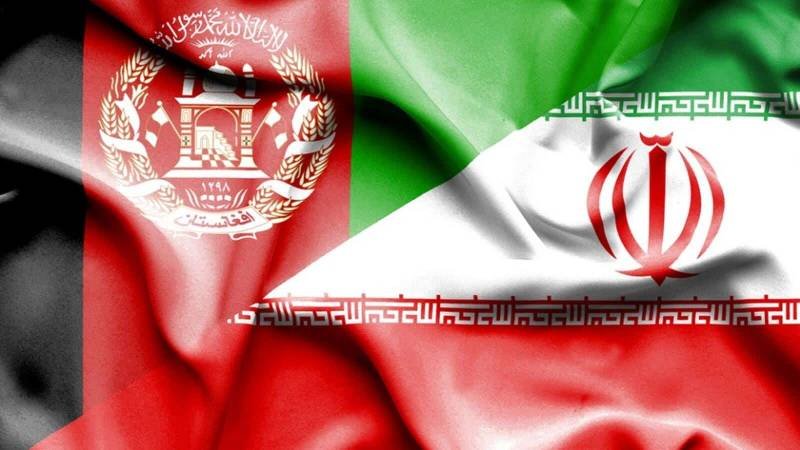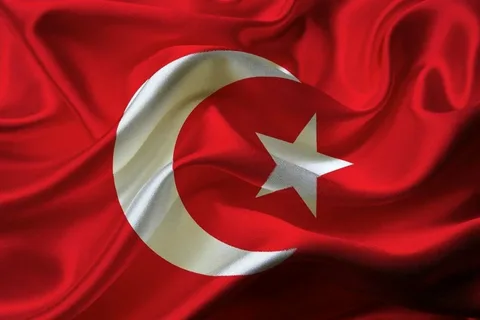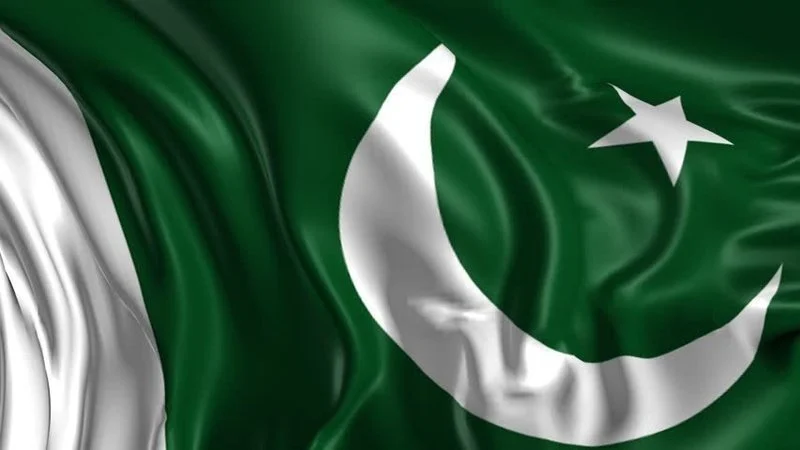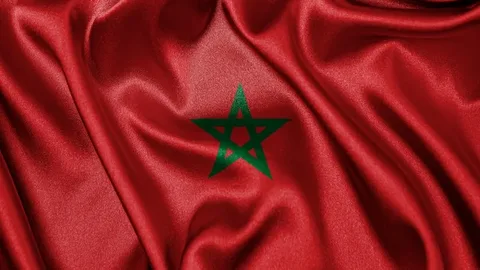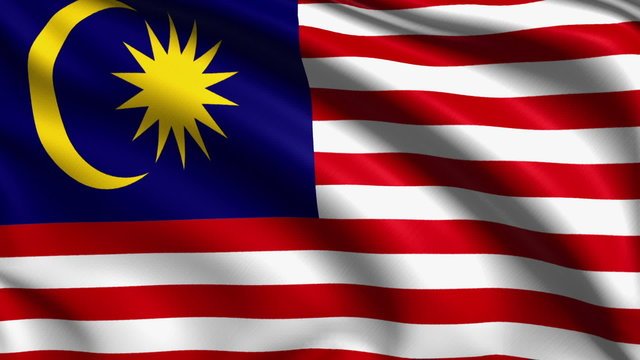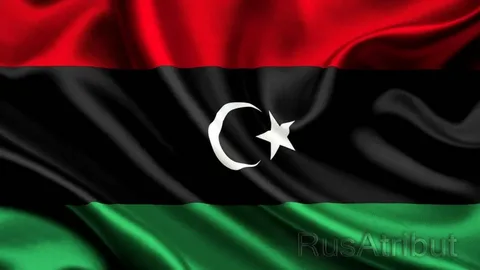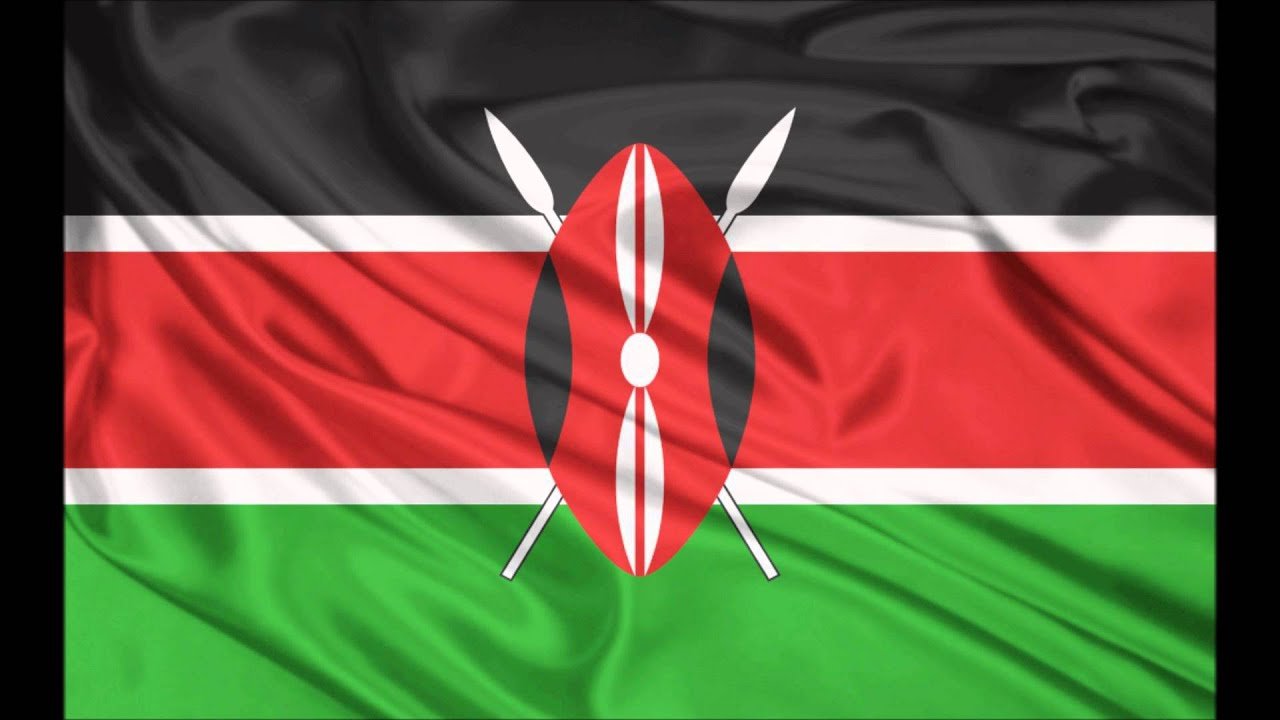Afghanistan’s Enduring Solidarity with Iran:
For centuries, Afghanistan and Iran have stood side by side—linked not only by geography but also by deep cultural, linguistic, and religious ties. As Iran enters another pivotal era defined by calls for dignity and justice, Afghanistan renews its declaration of support and solidarity. This relationship is built on shared history, mutual resilience, and a vision for regional harmony. In this article, we explore the roots of Afghan‑Iranian relations and explain why Afghanistan stands firmly with Iran in this moment.
1. A Shared Civilizational Heritage
Persian Language and Cultural Exchange
The Persian (Farsi) language and its dialectal cousin Dari have formed a bridge between both nations for centuries. Dari is one of Afghanistan’s official languages, used in literature, education, media, and government. Conversations, poetry, and oral traditions—ranging from Rumi to Khayyam—are shared between Kabul and Tehran, fostering cultural integration. When an Afghan child memorizes Hafez or Khusrow, or when an Iranian lectures on Afghan Tajik poetry, this reflects a deep cultural interweaving.
Historical Interactions from Ancient Times
The prosperity of the Achaemenid, Parthian, and Sasanian empires reflected an integrated region stretching from modern-day Iran into Afghan territories. Pashtun, Tajik, Hazara, and Uzbek communities within Afghanistan have interacted with Persian dynasties and trade routes for millennia. Under the Ghaznavid and Timurid empires, cultural and administrative exchanges flourished—Persian became the common medium of governance, scholarship, and art.
2. Dynamics in the Modern Era
The 20th Century: From Borders to Brotherhood
The 1930 Treaty of Friendship cemented diplomatic ties between the then-Persia and the fledgling Kingdom of Afghanistan. Both nations pursued modernization campaigns, public education, and governance reforms. Educational institutions in Kabul and Tehran exchanged scholars. Afghan students prized the prestige of studying in Tehran; Iranian academics turned to Afghanistan to study Persian literature and Buddhist archaeology. This period established a foundation of goodwill that resonates today.
Cold War Challenges and Regional Synchrony
During the Cold War, Iran and Afghanistan navigated global tensions—Afghanistan remained non-aligned, while Iran mirrored Western and regional priorities. Nevertheless, cultural and people-to-people ties continued, especially in the domains of poetry, religious scholarship, and family connections. Following the 1979 Iranian Revolution, many Afghan scholars came to Iran to study Islamic jurisprudence and philosophy, and newly‑established Afghan religious schools prospered in Qom and Mashhad.
3. Decades of Humanitarian Exchange
Afghan Refugees in Iran
The arrival of millions of Afghan refugees into Iran since the late 1970s—prompted by the Soviet invasion and subsequent conflicts—transformed Iran into a sanctuary. Afghan men, women, and children were given access to education, healthcare, and employment. While integration was complex, the broader Iranian public response showcased humanitarian solidarity. Even when legal status was unresolved, Iranian communities, NGOs, and families worked to support refugees.
Afghan Migration to Iran in the 21st Century
Economic hardship in Afghanistan has driven labor migration into Iran. Construction workers, tailors, artists, teachers, and agricultural laborers from Afghanistan staff diverse industries across Iranian provinces such as Kerman, Tehran, and Mashhad. These migrants work alongside Iranians, and over generations, many Afghan children have attended Iranian schools, further weaving familial and social bonds.
4. Political Relations and Security Cooperation
Diplomatic Dialogue
Afghanistan and Iran maintain embassies, consulates, and formal mechanisms—such as joint committees and dialogue forums—on issues like water usage, cross-border trade, and Afghan stability. Tehran’s backing has supported Afghanistan’s infrastructure development through project financing and investment. Both countries collaborate in the “Heart of Asia – Istanbul Process” that emphasizes regional cooperation and peace efforts.
Security Collaboration
Both nations share a vested interest in border management, countering extremism, and halting narcotics trafficking. Iranian intelligence and Afghan security forces coordinate—sometimes through formal channels, other times via tacit understandings—to limit the operations of criminal networks and militant groups. Shared concerns over ISIS-K, Taliban factions, and sectarian violence create converging interests, even as political dynamics shift.
5. Solidarity in the Present Moment
Recognizing Shared Struggles
Afghanistan and Iran continue to confront challenges rooted in injustice, authoritarianism, poverty, and weak governance. The situation of women’s rights in Taliban-ruled Afghanistan echoes the concerns of Iranian women protesting discriminatory laws. Afghanistan watches developments in Iran with understanding and deep empathy—recognizing that, in many ways, this is a shared human experience.
Afghan Voices of Support
Across Afghan social media, civil society, and university classrooms, the Iranian protests resonate. Afghan journalists, poets, and students have taken to digital platforms to express solidarity. On university campuses, posters declaring “We Stand with Iran” appear alongside Persian banners demanding dignity. Afghan artists embed Iranian headphones and slogans into paintings, echoing the same values of freedom and justice.
A Diplomatic Gesture
Kabul and Tehran have issued joint statements advocating for peaceful dialogue, respect for human rights, and the right to non-violent protest. Despite Afghan government constraints, educational and cultural exchange programs—especially online—have been adjusted to include podcasts, webinars, and debates amplifying Iranian youth voices. Spiritual leaders in Afghanistan have invoked Islamic principles with a message: compassion, dignity, and protection of the oppressed are core to their shared heritage.
6. The Path Forward
Enhancing Cultural and Educational Ties
Future cooperation is best rooted in extending access for Afghan students in Iranian universities and launching joint cultural festivals. The festival circuit could spotlight Afghan and Iranian poets, musicians, and academics, raising awareness across generations about shared histories and collective aspirations.
Joint Advocacy for Human Rights
Regional coalitions that include Afghanistan and Iran—and ideally Pakistan, Tajikistan, and Turkmenistan—should advocate on international platforms for the rights of all citizens. Amplifying marginalized voices in global institutions like the United Nations or UNESCO will spotlight the broader trend toward dignity and justice in the region.
7. Solidarity with Iran and condemning the nuclear site attack by America:
The Islamic Republic of Afghanistan stands in full and unwavering solidarity with the Islamic Republic of Iran in the face of the recent bombing of its nuclear facilities by the United States. As a nation that has endured decades of war, foreign occupation, and unlawful airstrikes, Afghanistan understands too well the pain and injustice of such violations. We condemn, in the strongest possible terms, this act of aggression against Iran’s sovereignty, scientific progress, and peaceful development. No country has the right to dictate the destiny of another through bombs. Iran, like Afghanistan, has the right to chart its own future, to pursue knowledge, and to stand tall without fear of foreign interference. This attack is not just a threat to Iran—it is a threat to all nations striving for independence and dignity in a world dominated by power politics. Afghanistan raises its voice not in fear, but in principle: aggression must never be allowed to silence sovereignty.
Conclusion
Afghanistan’s solidarity with Iran is not superficial. It is embedded in a complex web of shared language, culture, history, family, and common goals. Through centuries of cooperation, refugees welcomed with open arms, educational and humanitarian exchange, and joint security efforts, the people of both nations have formed an indelible bond. As Iranians take to the streets and social media to demand more humane governance rooted in dignity, Afghan voices respond affirmatively.
Today, Afghanistan declares: your struggle is our struggle. Your cries for justice echo across our mountains, and we extend our hand—not just in sympathy, but in sustained support. The road ahead is uncertain, but history teaches us that solidarity endures. The people of Afghanistan stand with Iran in hope, purpose, and brotherhood.
